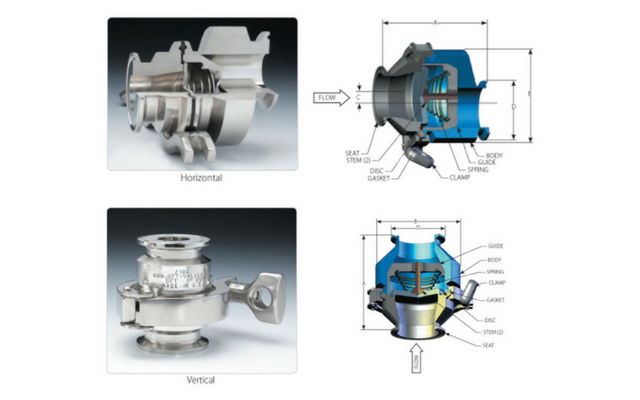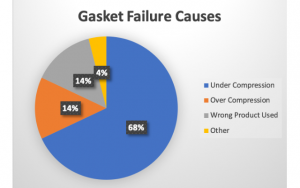Authors: Bruce Ellis and Sylvia Flegg, Triangle Fluid Controls
There is an ever-increasing demand for dependability, efficiency and energy savings when selecting valves and a function that is often overlooked is the valve’s ability to minimize energy consumption.
An essential element in the design of pumping systems is the proper selection of the pump discharge check valve, whose purpose is to automatically open to allow forward flow and automatically return to the closed position to prevent reverse flow when the pump is not in operation.
Check valves are generally made up of plastic or metal. In most sanitary applications you will find the composition of the valve is typically 316L stainless steel and are Clean In Place (CIP) capable.
Cracking pressure (the minimum upstream pressure at which the valve will operate) is also an important design element of the sanitary check valve. When selecting a sanitary check valve, you should look at the following criteria:
- Non-slamming characteristics – The amount of time it takes for the Check Valve to close and the way in which the disc travels from the open to the closed position.
- Disk design – Location is a key factor here.
- Cost – Is the initial purchase price competitive? The main things a buyer should consider are system downtime, valve location and cost of parts and labor.
- Application – The importance of each selection criteria must be weighed to make an informed selection on the valve best suited for the application.




